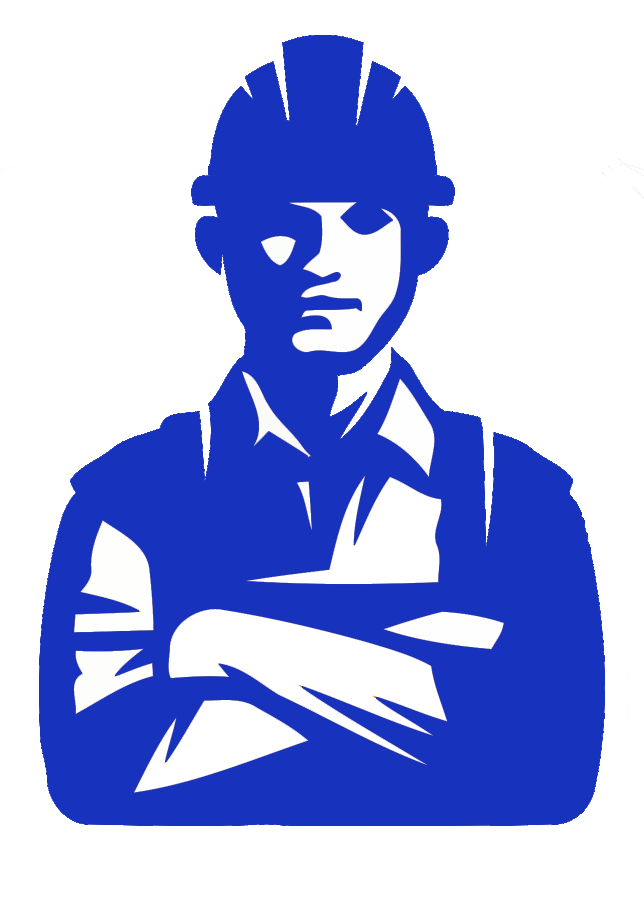Drop the Boss: Physics in Game Momentum
Understanding Momentum: The Physics Behind Movement in Games
Momentum, defined in classical mechanics as mass times velocity (p = m·v), lies at the core of how objects move and interact—whether in the real world or digital environments. In physics, momentum determines how forces influence motion and governs the transfer of energy between colliding bodies. In isolated systems where no external forces act, total momentum is conserved, making it a powerful predictive tool. Collisions, central to game physics, exemplify momentum’s role: when two characters in a game collide, their velocities change in a way that preserves total momentum, creating believable interactions. This conservation principle ensures that boss drops feel impactful yet grounded in physical logic.
Inertia and Friction: Shaping Dynamic Motion
Inertia—the resistance of an object’s mass to changes in motion—works alongside friction to define how characters move and stop. Friction slows characters gradually, while inertia keeps them moving unless acted upon by forces like gravity or collisions. Together, they create the natural flow players expect: a boss poised on a platform, heavy and slow (high inertia), suddenly drops with force due to gravity, accelerating under constant acceleration until impact. This interplay is critical for responsive controls—too little inertia makes movements float and unresponsive; too much reduces playfulness. Balancing these forces is key to designing engaging, physics-consistent gameplay.
From Theory to Game Design: The Physics Engine Behind Drop the Boss
At Drop the Boss, momentum is not just a concept—it’s a core engine mechanic. The game’s Fortune Engine calculates velocity vectors and applies gravity models to simulate realistic falling trajectories. By integrating momentum conservation, the engine ensures the boss drop feels sudden yet physically plausible: as it falls, velocity increases linearly with time (v = gt), while mass scales impact force. This simulation translates abstract physics into fluid, responsive motion—making each encounter a tangible demonstration of momentum in action.
Simulating Falling Trajectories with Physics
Using velocity and acceleration models, the game renders the boss’s descent as a smooth, accelerating arc. Gravity acts as a constant downward force, updating velocity every frame:
v = v₀ + g·t
y = y₀ + v₀·t + ½·g·t²
These equations drive the animation, producing a motion that mirrors real-world free fall—except exaggerated for dramatic effect. Players perceive this acceleration as momentum building, culminating in a sharp, impactful stop when the boss lands, reinforcing the momentum threshold.
Visual Storytelling: The Oval Office Window as a Momentum Threshold
The golden light streaming through the Oval Office window acts as a powerful metaphor for momentum’s threshold—the precise moment tension breaks and physics-driven motion takes over. Initially dark, the scene slowly fills with warm light, signaling the boss’s drop. This contrast mirrors the transition from control to physics dominion: the window becomes the arena where momentum unleashes decisive action. Lighting design guides attention, focusing the player’s gaze on the illuminated path, where kinetic energy shifts from stored tension to explosive release.
Character Design and Physics: Orange Skin, Yellow Hair, and Momentum Cues
The protagonist’s design intentionally reflects momentum’s kinetic presence. Warm orange skin conveys energy and warmth, symbolizing the character’s drive and momentum’s visible force. Light yellow hair catches light dynamically, visually echoing how momentum reflects force—both bright and contextually responsive. Costuming choices emphasize biomechanical clarity: segmented armor and flowing hair highlight motion lines, making force transfer intuitive. These cues turn abstract physics into visible storytelling, helping players intuit how momentum shapes behavior.
Interactive Momentum: Learning Physics Through Gameplay
Drop the Boss transforms physics into an interactive experience. Trial-and-error drop timing trains players to predict momentum outcomes: adjusting release speed changes impact force, teaching cause and effect in real time. Visual feedback—flares, screen shake—reinforces these physics principles instantly, creating a cognitive bridge between action and understanding. Players internalize momentum by reacting to consequences, turning gameplay into active learning. This hands-on engagement fosters deeper STEM curiosity, showing how physics governs both virtual and real motion.
Beyond Entertainment: Physics in Game Momentum as Educational Inspiration
Games like Drop the Boss illustrate how entertainment can inspire scientific thinking. By modeling real-world mechanics in accessible, fun contexts, they invite players to analyze momentum, friction, and force in gameplay. Educators can use such mechanics to teach physics concepts through prediction, observation, and experimentation. The game serves as a case study in how digital experiences merge play with learning, proving that physics is not just a subject—it’s a living, dynamic force players shape and witness firsthand.
“Momentum isn’t just a number—it’s the pulse between cause and effect, visible in every dropped boss and every calculated fall.” This principle unites physics and game design, turning abstract forces into shared experience. In Drop the Boss, physics isn’t hidden—it’s felt, seen, and mastered.
| Physics Concept | Game Application | Educational Takeaway |
|---|---|---|
| Momentum (p = m·v) | Calculated velocity and mass determine collision impact | Teaches conservation of momentum in real-world systems |
| Gravity & Acceleration (v = gt) | Simulates falling boss trajectories with realistic acceleration | Illustrates constant acceleration due to gravity in kinematics |
| Inertia & Friction | Controls character resistance and stopping behavior | Demonstrates Newton’s first law in dynamic motion |
| Conservation of Momentum | Ensures balanced collisions in multi-hit encounters | Shows how momentum transfers predictably in isolated systems |
“In games like Drop the Boss, physics isn’t just code—it’s the invisible hand guiding every impact, every leap, every moment of momentum.”
